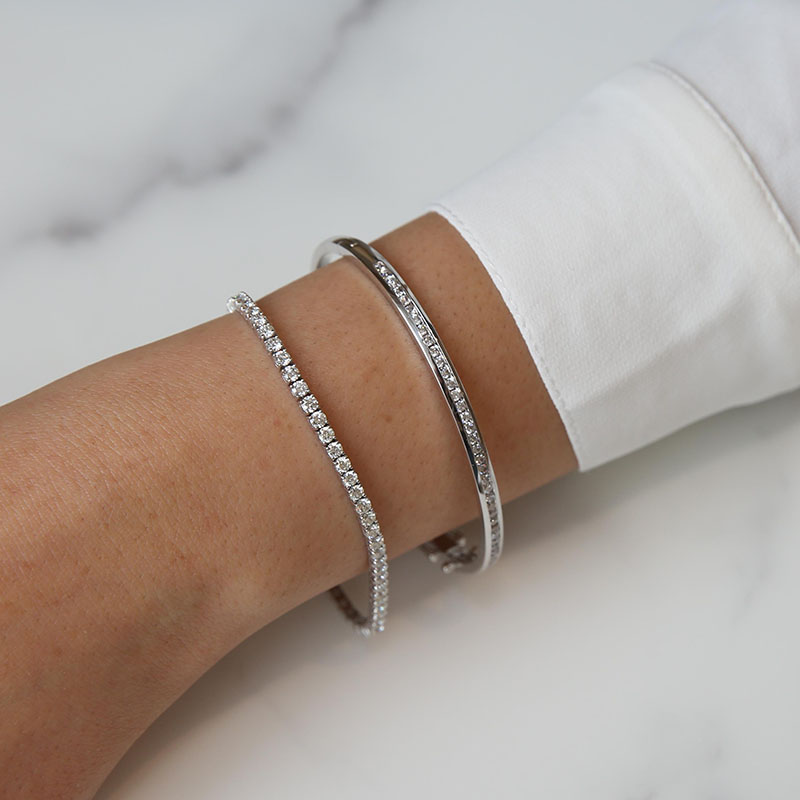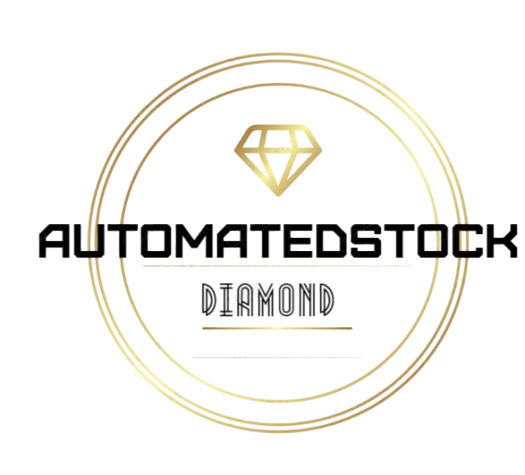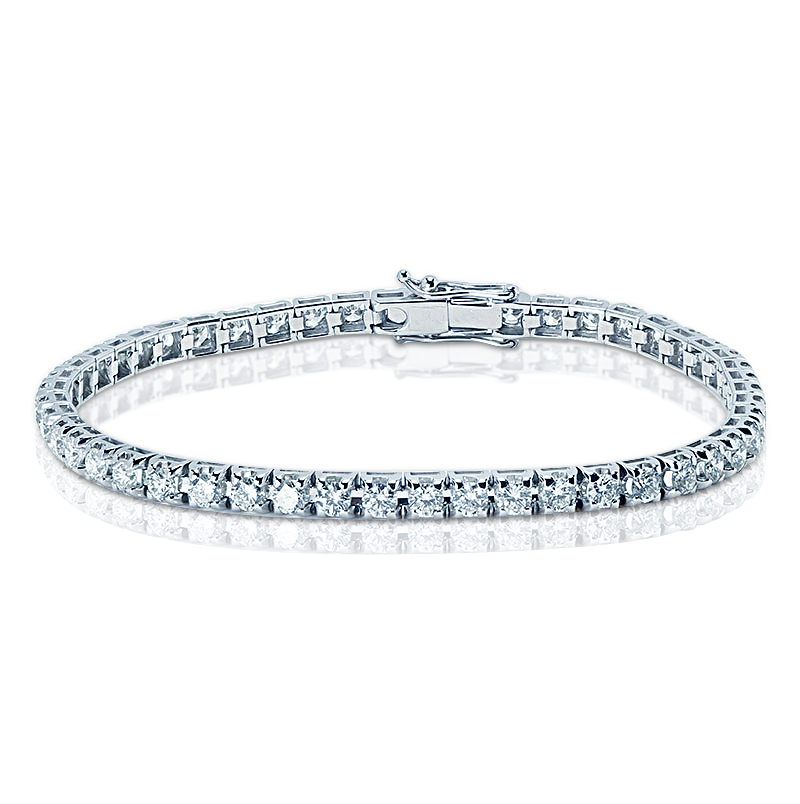The allure of diamonds has captivated humanity for centuries, symbolizing eternal love, enduring strength, and unparalleled luxury. Among the myriad forms these precious stones take, the diamond tennis bracelet stands as an icon of sophisticated elegance, a continuous cascade of brilliance that graces the wrist with timeless charm. Yet, in an era increasingly defined by conscious consumerism and technological innovation, a new star has emerged to redefine this classic: the 4-carat lab-grown diamond tennis bracelet. This exquisite piece marries the traditional splendor of a beloved design with the cutting-edge ethics and accessibility of lab-grown diamonds, offering a compelling narrative of beauty, responsibility, and modern luxury.
The Enduring Legacy of the Tennis Bracelet
To understand the profound appeal of a 4-carat lab-grown diamond tennis bracelet, one must first appreciate the history and intrinsic charm of the tennis bracelet itself. Originally known as an "eternity bracelet" due to its continuous loop of diamonds symbolizing unending love, its more famous moniker was serendipitously coined during the 1987 US Open. Professional tennis player Chris Evert, renowned for her elegant style both on and off the court, famously paused her match when her diamond line bracelet snapped, scattering its precious stones across the court. The incident garnered significant media attention, and from that moment on, the "tennis bracelet" was born – forever associated with a blend of athletic grace and opulent sparkle.
What makes the tennis bracelet so beloved? Its design is deceptively simple yet profoundly impactful: a flexible band adorned with a continuous row of individually set diamonds. This design allows for maximum light reflection from every angle, creating an uninterrupted river of fire and brilliance around the wrist. It’s a piece that effortlessly transitions from day to night, from casual elegance to black-tie glamour. Worn solo, it makes a statement of refined taste; layered with a watch or other bracelets, it adds a dynamic touch of sparkle. The 4-carat total weight (CTW) version strikes a perfect balance – substantial enough to be noticed and admired, yet delicate enough to remain supremely elegant and comfortable for everyday wear.
Decoding the "4 Carat Total Weight"
When we speak of a "4-carat lab-grown diamond tennis bracelet," it’s crucial to understand that "4 carat" refers to the total weight of all the diamonds combined, not the weight of a single stone. A typical 4-carat tennis bracelet might feature anywhere from 40 to 80 individual diamonds, each weighing approximately 0.05 to 0.10 carats. This distribution of smaller, meticulously matched stones is what creates the continuous, dazzling line effect.
The decision to opt for a 4 CTW bracelet is often driven by a desire for significant sparkle and presence without the overwhelming opulence or prohibitive cost of much higher carat weights. It offers a noticeable brilliance that catches the light with every movement, making it a sophisticated choice for various occasions. The collective fire of these numerous small diamonds often creates a more dramatic and lively effect than a single, larger stone of equivalent weight.
The Lab-Grown Diamond Revolution: Beauty Born of Innovation
The heart of this modern marvel lies in its lab-grown diamonds. These are not imitations or simulants; they are real diamonds in every sense of the word. Lab-grown diamonds possess the exact same chemical, physical, and optical properties as their mined counterparts. They are composed of pure carbon atoms arranged in a crystal lattice structure, exhibiting the same hardness (10 on the Mohs scale), brilliance, and fire. The key difference lies in their origin: instead of forming deep within the Earth over billions of years, they are cultivated in highly controlled laboratory environments using advanced technological processes.
There are two primary methods for growing diamonds in a lab:
- High-Pressure/High-Temperature (HPHT): This method mimics the natural diamond-forming conditions within the Earth. A tiny diamond seed is placed in carbon, and subjected to immense pressure (around 5.5 GPa) and high temperatures (1300-1600°C), causing the carbon to crystallize around the seed.
- Chemical Vapor Deposition (CVD): In this method, a diamond seed is placed in a sealed chamber filled with carbon-rich gases. These gases are heated until they break down, releasing carbon atoms that then crystallize and build upon the diamond seed layer by layer.
The result of both processes is a genuine diamond, indistinguishable to the naked eye – and even to most jewelers without specialized equipment – from a mined diamond. This scientific breakthrough has ushered in a new era of diamond ownership, offering compelling advantages:
- Ethical Sourcing: Lab-grown diamonds are guaranteed conflict-free. Their origin is fully traceable, eliminating concerns about human rights abuses or funding of armed conflicts often associated with historically complex diamond supply chains.
- Environmental Sustainability: The controlled environment of a lab significantly reduces the environmental impact compared to large-scale mining operations, which can involve extensive land disruption, habitat destruction, and significant energy and water consumption.
- Affordability: Perhaps the most compelling advantage for many consumers is the price. Lab-grown diamonds are typically 30-50% less expensive than mined diamonds of comparable quality and size. This accessibility allows consumers to acquire larger, higher-quality stones or, in the case of a tennis bracelet, a more substantial total carat weight, like 4 CTW, within a more approachable budget.
The 4 Cs in Lab-Grown Diamonds for Bracelets
While the lab-grown origin offers significant benefits, the fundamental principles of diamond quality – the 4 Cs (Cut, Color, Clarity, Carat) – remain paramount.
- Cut: For a tennis bracelet, cut is arguably the most critical "C." An excellent or very good cut ensures that each individual diamond, no matter how small, reflects and refracts light optimally, maximizing its brilliance, fire, and scintillation. Poorly cut diamonds will appear dull, even if their color and clarity are high.
- Color: Diamonds are graded on a scale from D (colorless) to Z (light yellow/brown). For a 4-carat tennis bracelet, aiming for near-colorless grades (G-J) offers excellent value and beauty. These diamonds appear white to the naked eye, especially when set in white gold or platinum, and the slight warmth of a J color can even be desirable in yellow gold settings. D-F diamonds will offer the purest white sparkle, but at a higher price point.
- Clarity: This refers to the absence of inclusions (internal flaws) and blemishes (external imperfections). Grades range from Flawless (FL) to Included (I). For the smaller stones typically found in a tennis bracelet, a clarity grade of VS1 (Very Slightly Included) or VS2 is often ideal, meaning inclusions are minor and not visible without 10x magnification. Even SI1 (Slightly Included) stones can be "eye-clean" (meaning inclusions are not visible to the naked eye) and represent excellent value.
- Carat: As discussed, 4-carat refers to the total weight. The consistency of individual stone size and quality across the bracelet is key to its overall aesthetic appeal.
Craftsmanship and Design Considerations
Beyond the diamonds themselves, the craftsmanship of the bracelet is vital. A high-quality tennis bracelet should feature:
- Secure Settings: Each diamond must be securely set. Common settings include prong (allowing maximum light entry), bezel (offering a modern look and superior protection), and channel (providing a sleek, continuous line). For a classic tennis bracelet, four-prong settings are most common, ensuring security while maximizing sparkle.
- Flexible Linkage: The links between each diamond should be flexible enough to conform comfortably to the wrist, allowing the bracelet to drape elegantly.
- Robust Clasp: A secure clasp, often with a double safety latch or figure-eight safety catches, is essential to prevent accidental loss.
- Metal Choice: 14K or 18K gold (white, yellow, or rose) or platinum are standard choices. White gold and platinum enhance the brilliance of colorless diamonds, while yellow and rose gold offer a warmer, more vintage aesthetic.
The Value Proposition: Why Choose This Bracelet?
A 4-carat lab-grown diamond tennis bracelet offers a compelling value proposition that resonates with the modern consumer:
- Accessible Luxury: It delivers the aspirational luxury and breathtaking sparkle of a diamond tennis bracelet at a significantly more attainable price point.
- Conscious Consumerism: It aligns with values of ethical sourcing and environmental responsibility, allowing wearers to feel good about their purchase.
- Statement of Style: It’s a versatile and timeless piece that enhances any wardrobe, serving as a subtle yet powerful statement of elegance and sophistication.
- Meaningful Gifting: It makes an unforgettable gift for milestones, anniversaries, graduations, or simply to celebrate a loved one (or oneself!).
Styling Your Radiant Piece
The beauty of a 4-carat lab-grown diamond tennis bracelet lies in its incredible versatility.
- Everyday Elegance: Pair it with a simple watch for a touch of understated glamour that elevates casual attire.
- Office Chic: It adds a professional yet luxurious accent to business wear.
- Evening Glamour: Let it shine as a solo statement piece, or layer it with other delicate bracelets for a more dramatic effect for formal events.
- Mixing Metals: Don’t be afraid to mix it with bracelets in different metal tones for a contemporary, fashion-forward look.
Caring for Your Investment in Brilliance
To ensure your 4-carat lab-grown diamond tennis bracelet maintains its dazzling sparkle for years to come, regular care is essential. Clean it gently with mild soap and warm water, using a soft brush to remove dirt and oils. Rinse thoroughly and dry with a lint-free cloth. Store it separately in a soft pouch to prevent scratches from other jewelry. Avoid exposing it to harsh chemicals, and consider professional cleaning and inspection once a year to check the security of the settings.
Conclusion: A New Era of Diamond Luxury
The 4-carat lab-grown diamond tennis bracelet represents more than just a piece of exquisite jewelry; it embodies a paradigm shift in how we perceive and acquire luxury. It is a testament to human ingenuity, offering a product that is identical in beauty and quality to its natural counterpart, yet born of a process that champions ethics, sustainability, and accessibility. This bracelet is for the discerning individual who seeks timeless elegance and breathtaking sparkle, but also values transparency, responsibility, and a forward-thinking approach to luxury. As the world increasingly embraces conscious choices, the lab-grown diamond tennis bracelet stands as a radiant symbol of modern sophistication – a brilliant, ethical choice that will sparkle for generations.


